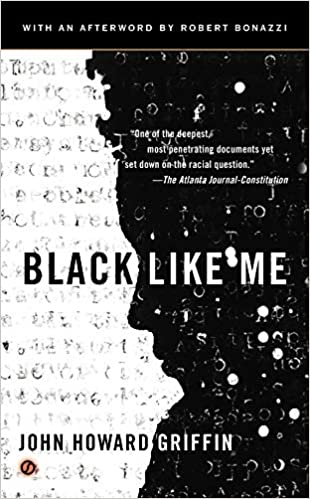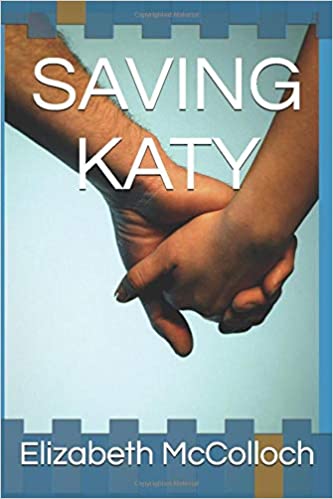- Home
- Banned Books
- Black Like Me
Black Like Me
Black Like Me is the non-fiction account of John Howard Griffin, who darkened his skin to experience what life was like for a black person in the south.
From the sales page:
In the Deep South of the 1950’s, a color line was etched in blood across Louisiana, Mississippi, Alabama, and Georgia. Journalist John Howard Griffin decided to cross that line. Using medication that darkened his skin to deep brown, he exchanged his privileged life as a Southern white man for the disenfranchised world of an unemployed black man.
What happened to John Howard Griffin—from the outside and within himself—as he made his way through the segregated Deep South is recorded in this searing work of nonfiction. His audacious, still chillingly relevant eyewitness history is a work about race and humanity every American must read.
* * *
Black Like Me is the story of John Howard Griffin, a white man living in Texas and committed to racial justice. But he knows that because he is white, he can never really know the plight of a black individual. He decides to become black for a time so that he can better understand.
He takes his idea to an old friend, George Levitan, the owner of Sepia, an internationally distributed magazine.
After telling Mr. Griffin what a crazy idea this is and that he'll probably get himself killed, Mr. Levitan agrees to finance the project. In return, he will get articles for Sepia.
Mr. Griffin travels to New Orleans, and with the help of a medical doctor, he begins the process of darkening his skin. When this is completed, he shaves his head and walks into the world as a black man.
He knows, of course, that he will find prejudice and unfavorable conditions, but he is astounded at the extent of it. There are difficulties, hate stares, and insults everywhere.
He goes to places he'd visited only days before as a white man and is shocked at the difference in the way he is treated. People who were kind and accommodating when he was white are now visibly filled with animosity toward him.
He finds a friend in a shoeshine man named Sterling Williams. Mr. Williams had shined his shoes when he was white. He goes back to him as a black man and Mr. Williams doesn't recognize him.
He does remember shining the same shoes before, and Mr.Griffin tells him he is the same man.
Sterling Williams immediately accepts him as one of them and is a great help to him from then on. He educated him in the "proper behavior" of a black man toward whites, directs him to places where he can eat, and restrooms blacks can use.
He spends just under two months traveling southern states, sometimes by Greyhound bus, sometimes hitchhiking.
He's never physically hurt, but he endures all sorts of insults many times every day. Simply finding a place to get water and food, or a restroom he could use is a daily chore.
Some stores would allow him to buy something, but would still refuse him a drink of water or allow him to use a restroom.
When he returns to his hometown, a white man once again, he is hanged in effigy when news of what he has done becomes known.
He and his family finally escape to Mexico to get away from the threats of racist whites.
"Vulgarity" and "obscenity" were given as reasons for banning this book.
In 1967, an Arkansas school removed the book citing four-letter words.
A challenge in Wisconsin and Pennsylvania was denied in 1977.
As late as 1982, a school in Missouri placed the book on a closed shelf because a parent complained that it was vulgar and obscene. And because of black people being in the book!

Available from Amazon
Black Like Me was made into a movie in 1964, starring James Whitmore as John Howard Griffin.
I saw the movie many years ago at a drive-in theater in Peoria, Illinois. With a guy from Tennessee. That turned out to not be such a good idea!
We argued all through the movie. He insisted 'it wasn't that way.' At the same time, he told me stories of things he'd seen that showed it certainly was that way.
I highly recommend Black Like Me, both the movie and the book. I think it should be studied and discussed.
It was "that way" – and worse. Let's don't try to hide the facts.
DVD available from Amazon.

My book, SAVING KATY, is about a young family split apart when Katy follows her mother into a non-denominational church that turns out to be more like a cult. As Katy's husband learns more about the beliefs of the church, he tells Katy he will not have their children exposed to such teachings. He vows to do whatever is necessary to see that it doesn't happen.
Available from Amazon
Copyright © 2025 for-love-of-books.com
New! Comments
Have your say about what you just read! Leave me a comment in the box below.